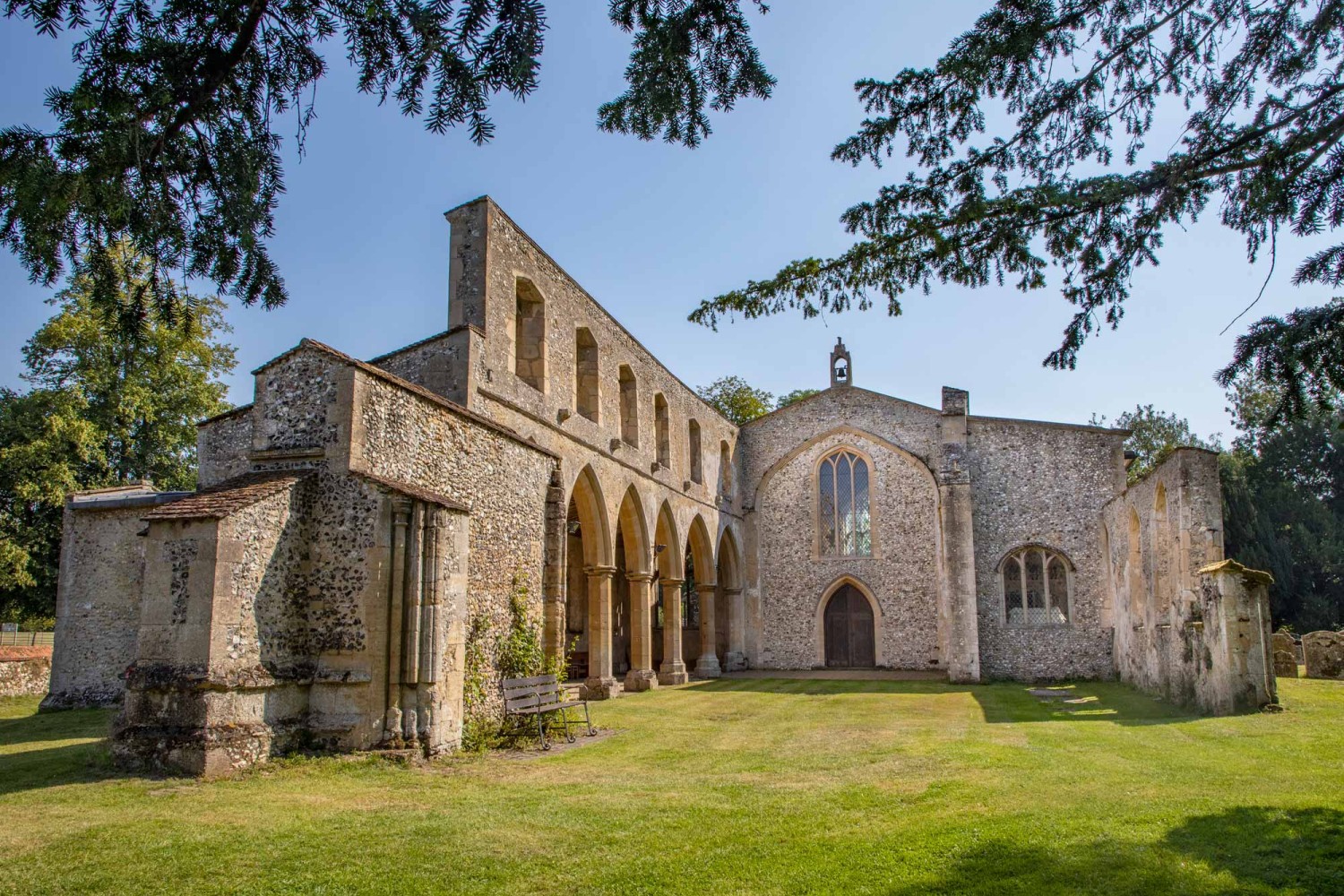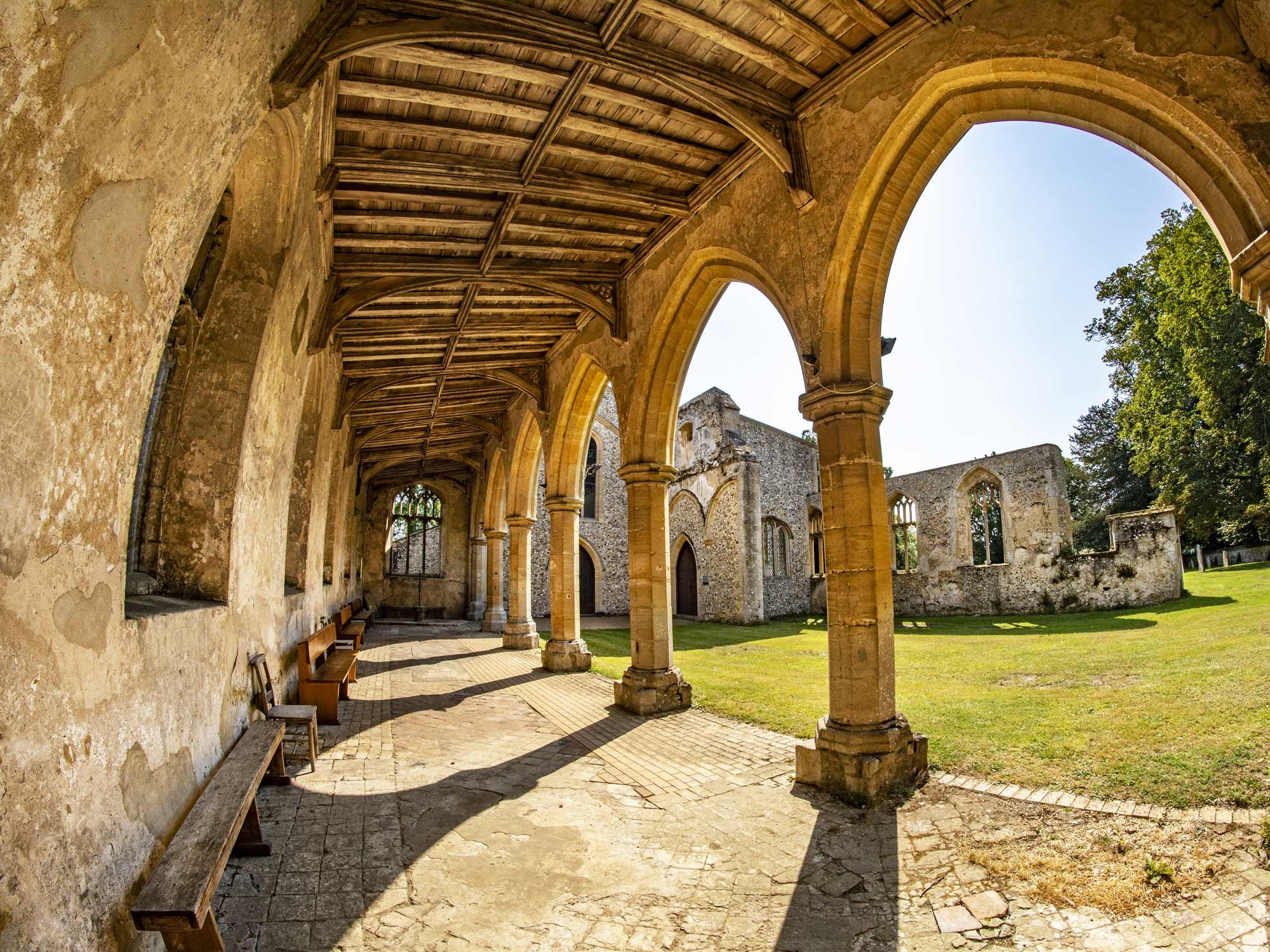
The unique wonders of Oxborough’s church
Almost destroyed during a storm 170 years ago, the greatest treasures in the church of St John the Evangelist at Oxborough were saved - and continue to be enjoyed by visitors from all over the world
Most people visit the charming village of Oxborough (a few miles southeast of Swaffham) to see the magnificence that is Oxburgh Hall - one of the most romantic of all National Trust properties, with the country’s most outstanding 15th century gatehouse and a series of astonishing needlework hangings created by Mary, Queen of Scots and Bess of Hardwick.
And on their way out of the village most people casually drive past the half-ruined church of St John the Evangelist without giving it a second glance - despite the fact it contains historic treasures just as fascinating and just as important as those on display at Oxburgh Hall.
And the reason for their apparent lack of interest is undoubtedly because a large part of the church is missing.
All that remains today is the area around the altar and the north aisle - which is open to the side - although it means the church has a decidedly romantic atmosphere. It’s almost like a peaceful, private garden set in and overlooked by religious ruins.
In 1831, the Topographical Dictionary of England described St John’s as “a spacious structure of flint and stone in the later English style, with a square embattled tower surmounted by a lofty spire” - a spire that (at 150ft) was one of the tallest in Norfolk. But all of that would change some 17 years later.
Struck by lightning at least twice since it was built, the entire tower and “lofty spire” of Oxborough’s church were so weak that a ferocious April gale in 1948 brought the whole thing crashing down and most of the church was destroyed, never to be rebuilt.
All that remains today is the area around the altar and the north aisle - which is open to the side - although it means the church has a decidedly romantic atmosphere. It’s almost like a peaceful, private garden set in and overlooked by religious ruins.
By some miracle, the catastrophe of 1948 spared the church’s greatest wonder - the Bedingfeld Chapel, which had been added to the church some 450 years previously and contains some of the finest tombs in Britain.
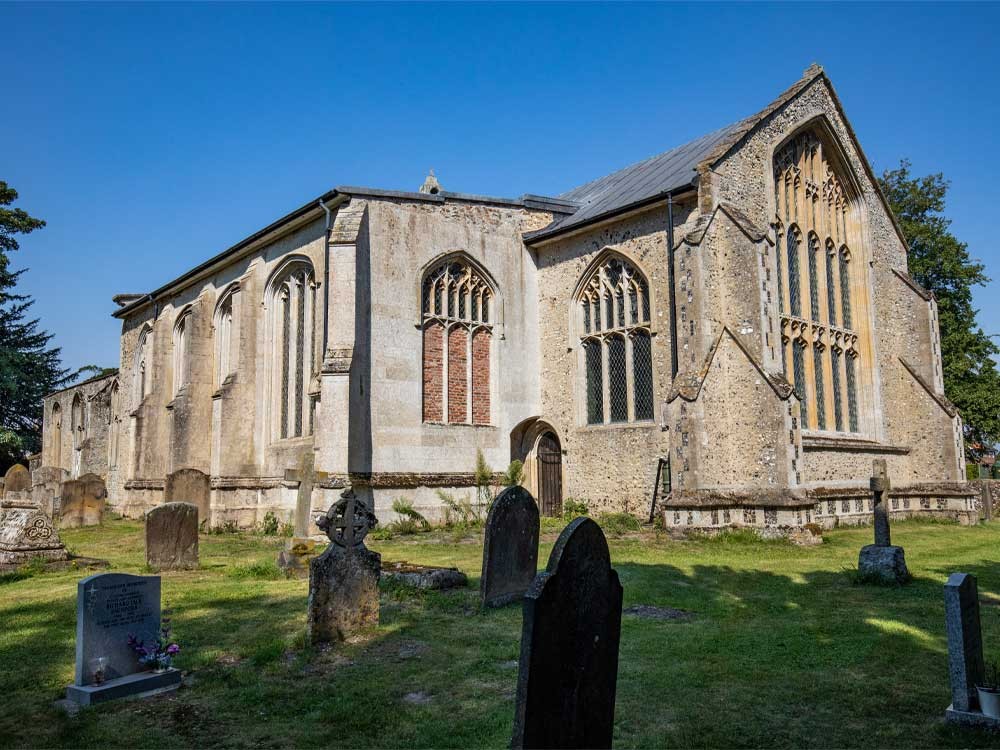
Around 15 years after Oxburgh Hall had been completed as his family home (despite the moat and the fortifications, it was always intended to be a family home) Edmund Bedingfeld died - and one of his last requests was that he be buried in a new family chapel at St John’s. His wife Margaret left plenty of money for its construction in her own will, and her tomb was the first to be completed. And it’s arguably the more impressive of the two.
The Bedingfelds’ magnificent tombs are made from terracotta, and are widely accepted as the best examples in the country - no other church contains such an extensive (or elaborate) use of the material. Margaret’s tomb is so actually grand that it includes an archway allowing people to access the east end of the chapel.
The craftsmanship is exquisite and the detail is incredible - and if you look closely enough you can even still see the fingerprints of the Italian sculptor who worked the clay more than four centuries ago.
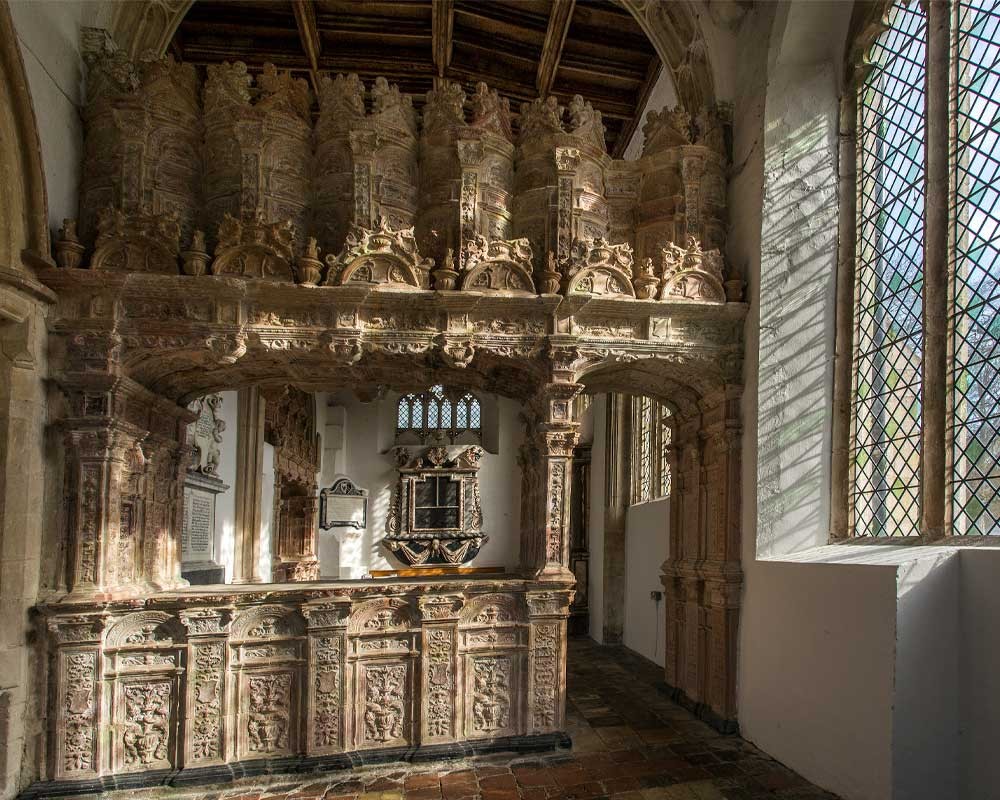
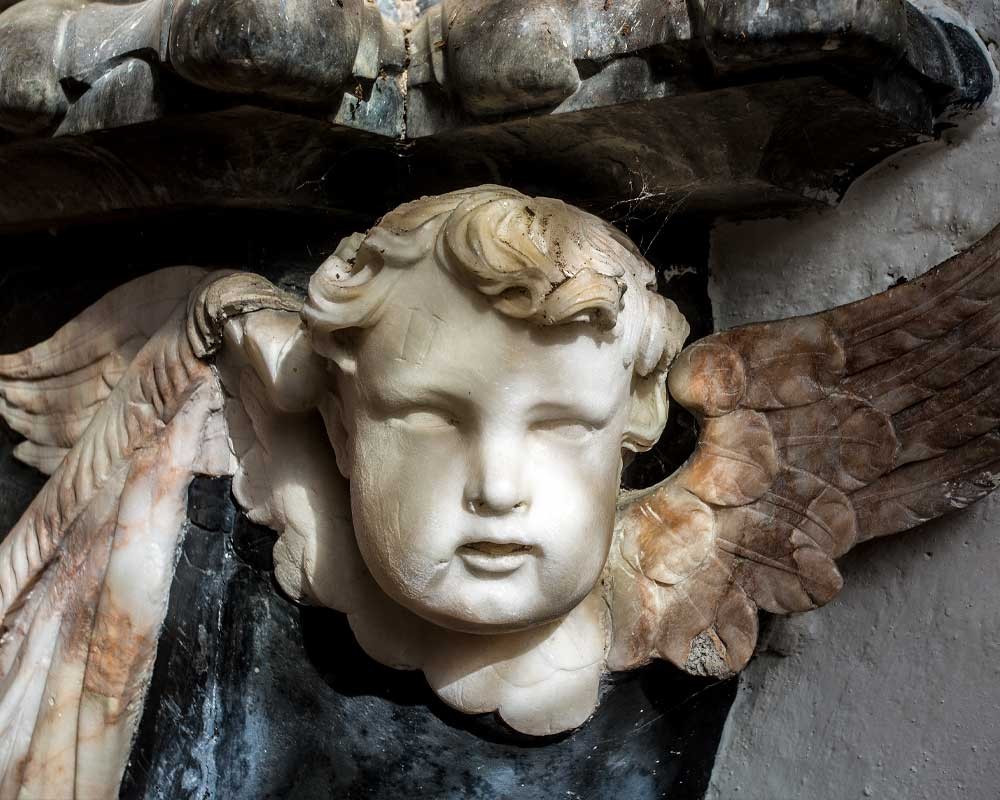
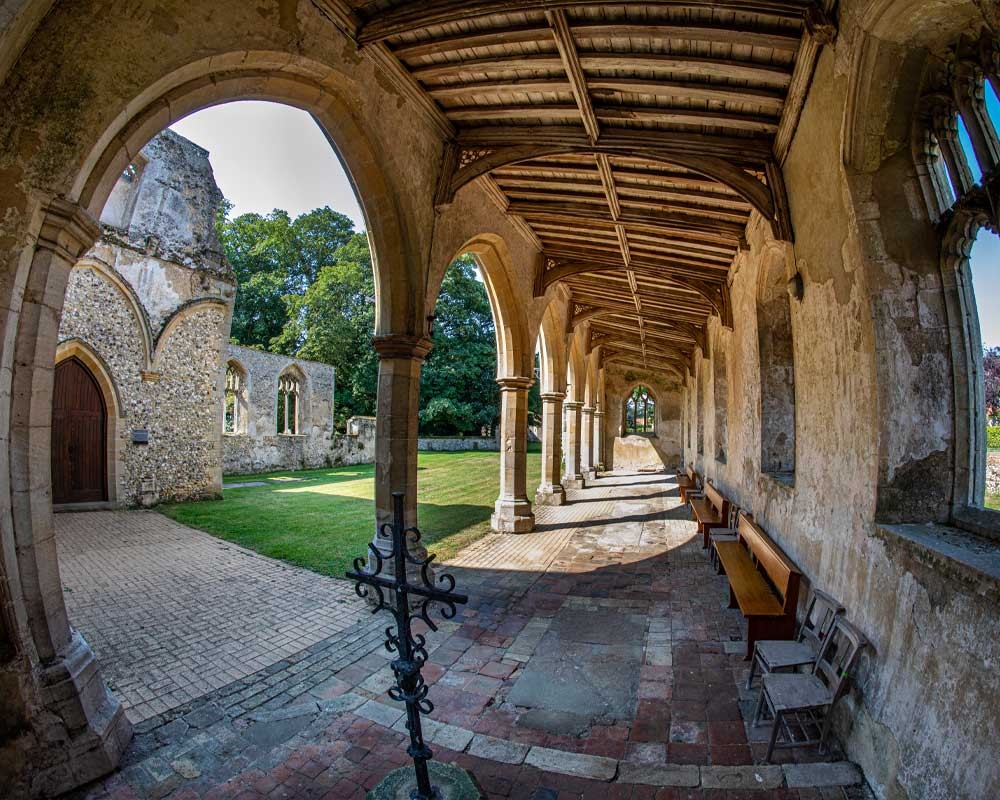
That’s not the end to St John’s wonders, however. Don’t miss the 6-foot brass ‘Peter’s Pence’ lectern topped by an eagle - over 500 years old, it’s an extremely rare example that still features slots in which parishoners could place their annual ‘Peter’s Pence’ tax.
There are some beautiful fragments of 15th-century stained glass in the east window, and before you leave it’s worth looking behind the pulpit for the memorial to Charles Perkin - who was rector of Oxborough and completed the second half of Francis Blomefield’s masterful History of Norfolk after the latter’s death in 1752.
It may not have the visual appeal or the architectural beauty of the nearby hall, but the remains of Oxborough’s church and its unique contents have a special magic all of their own.
